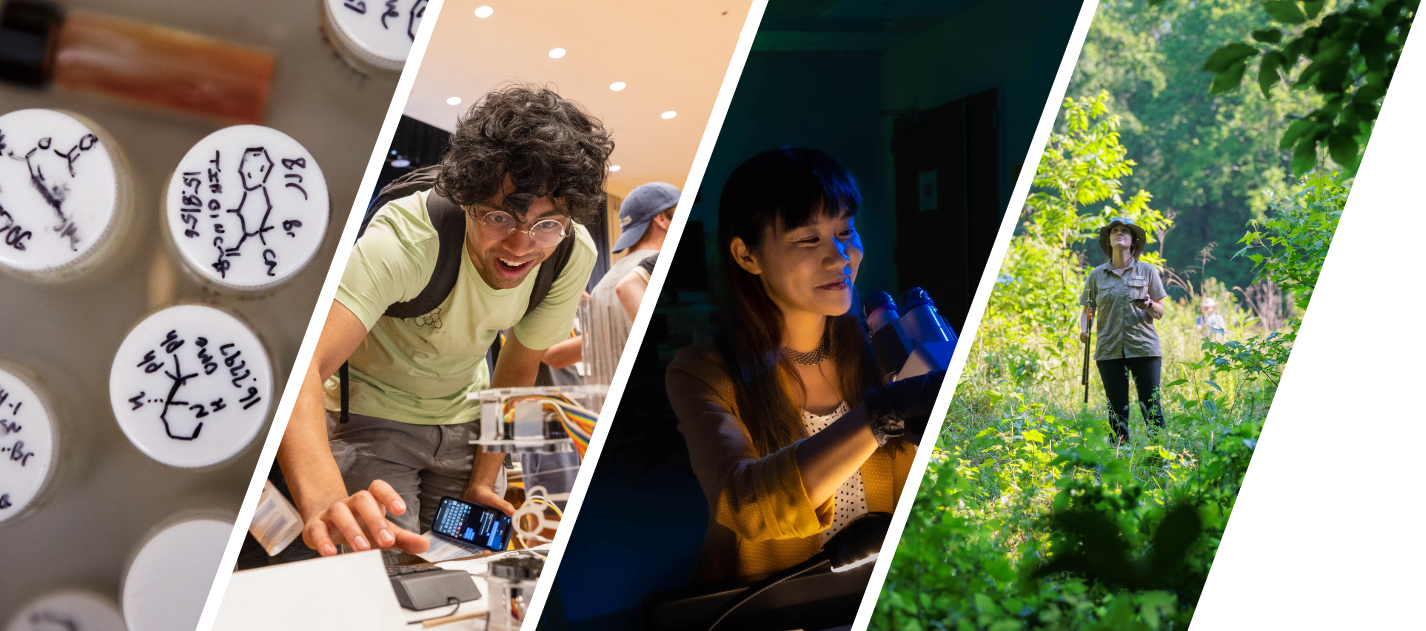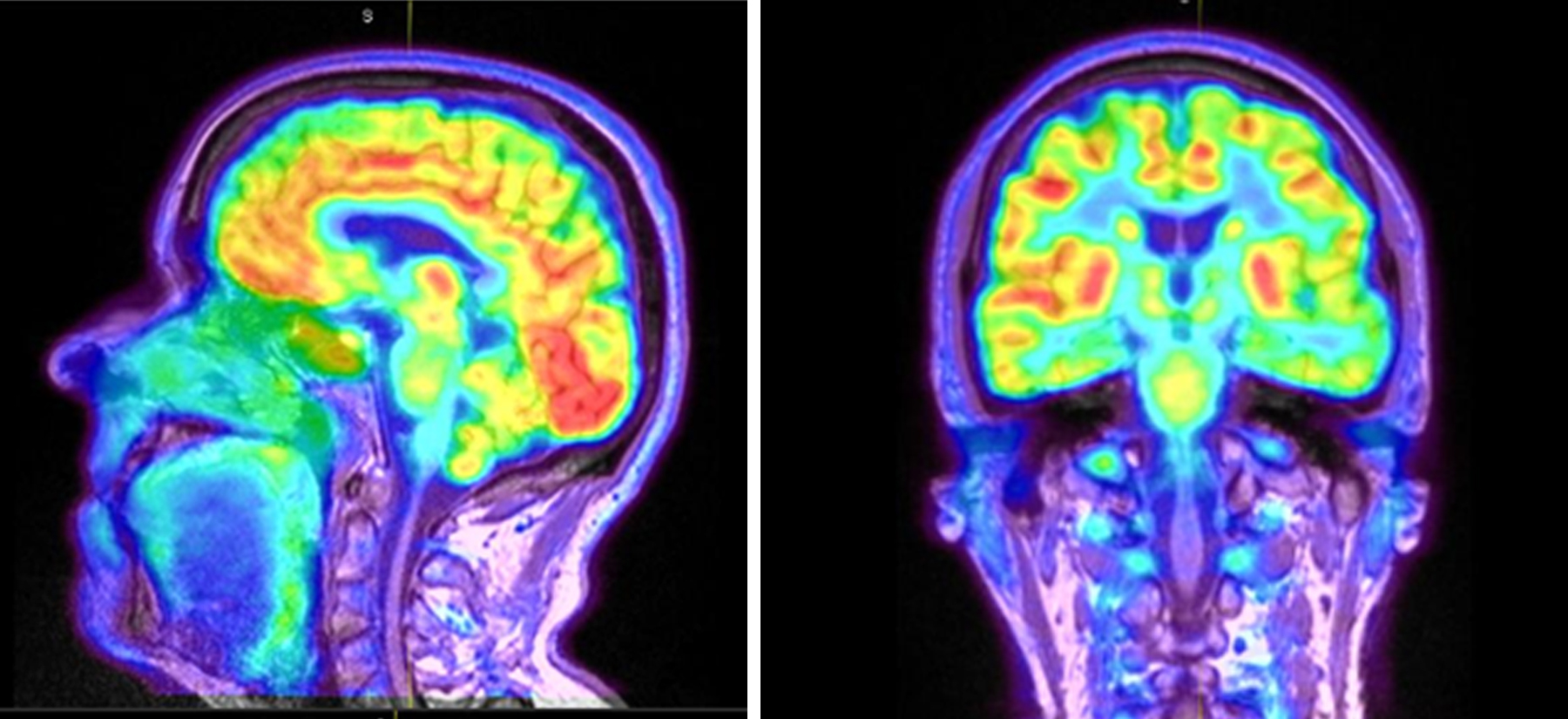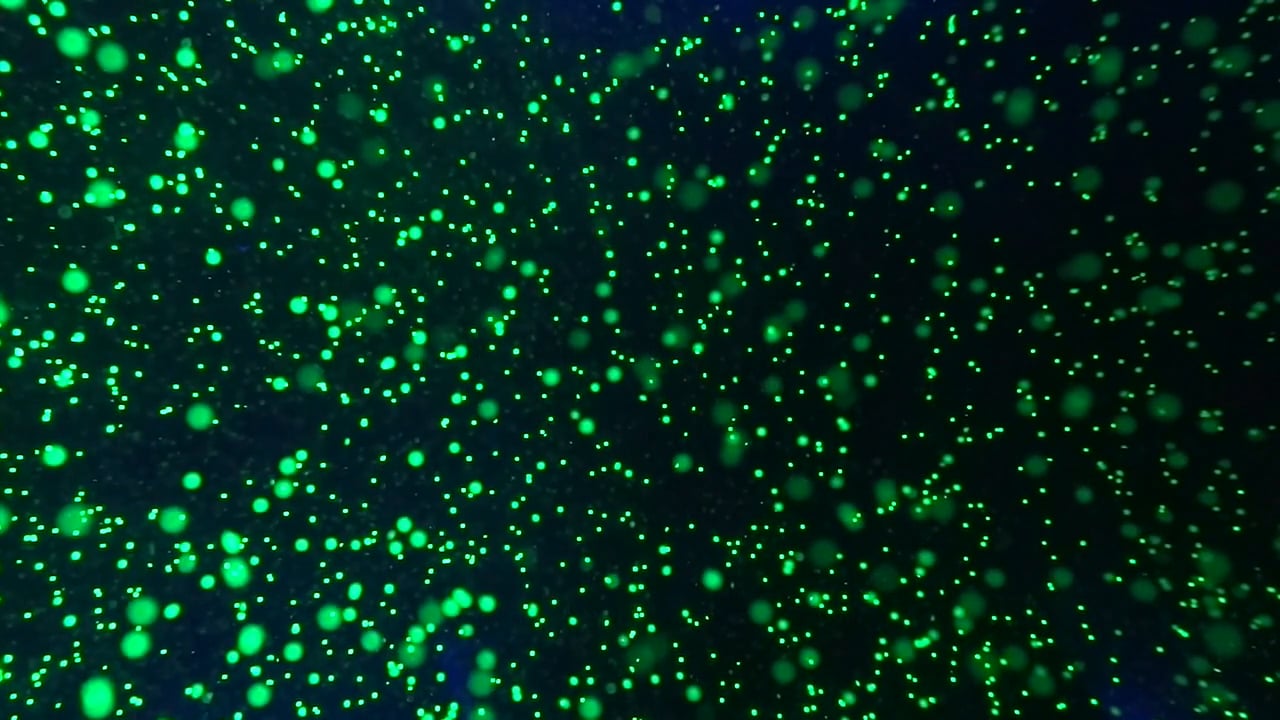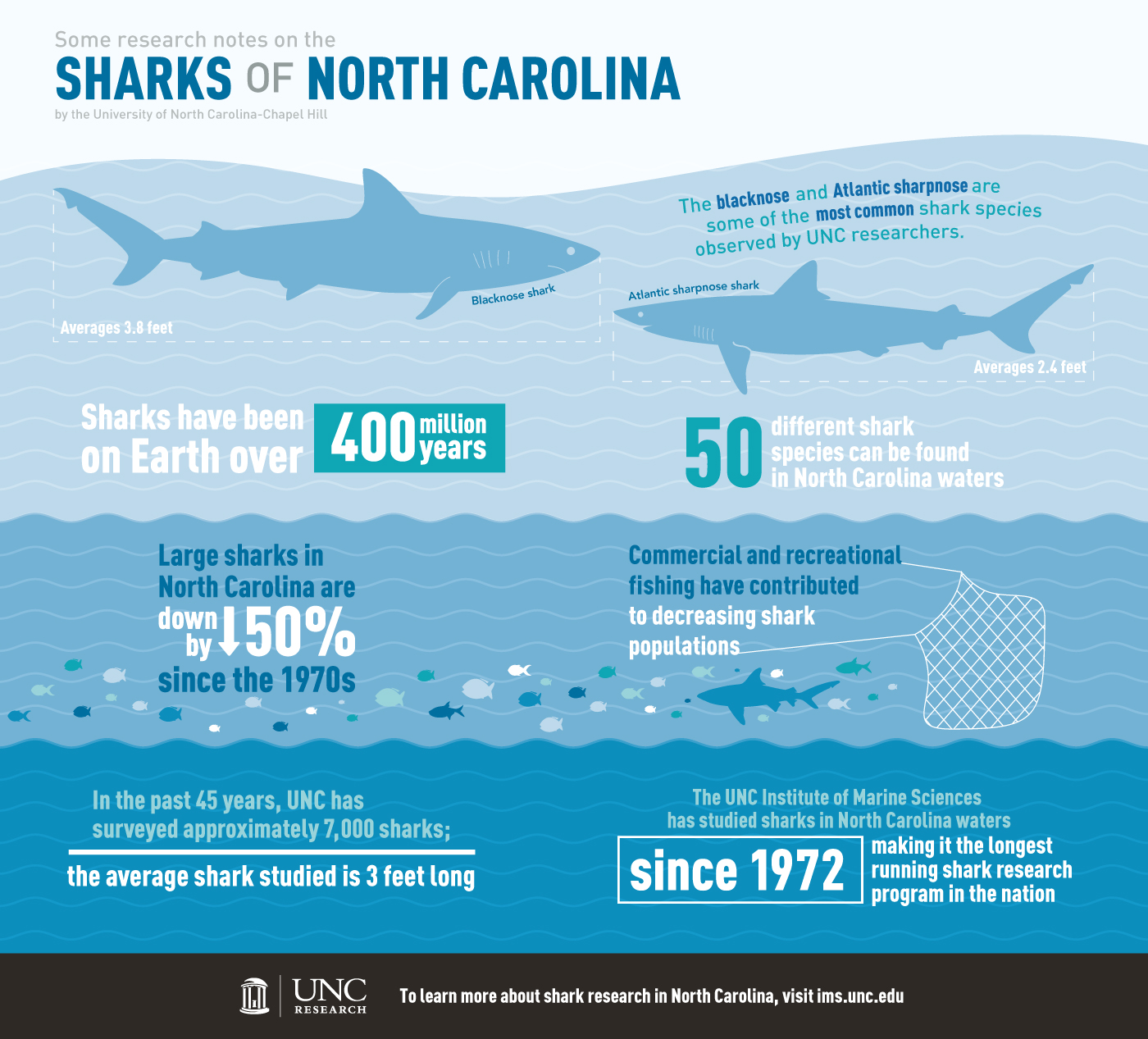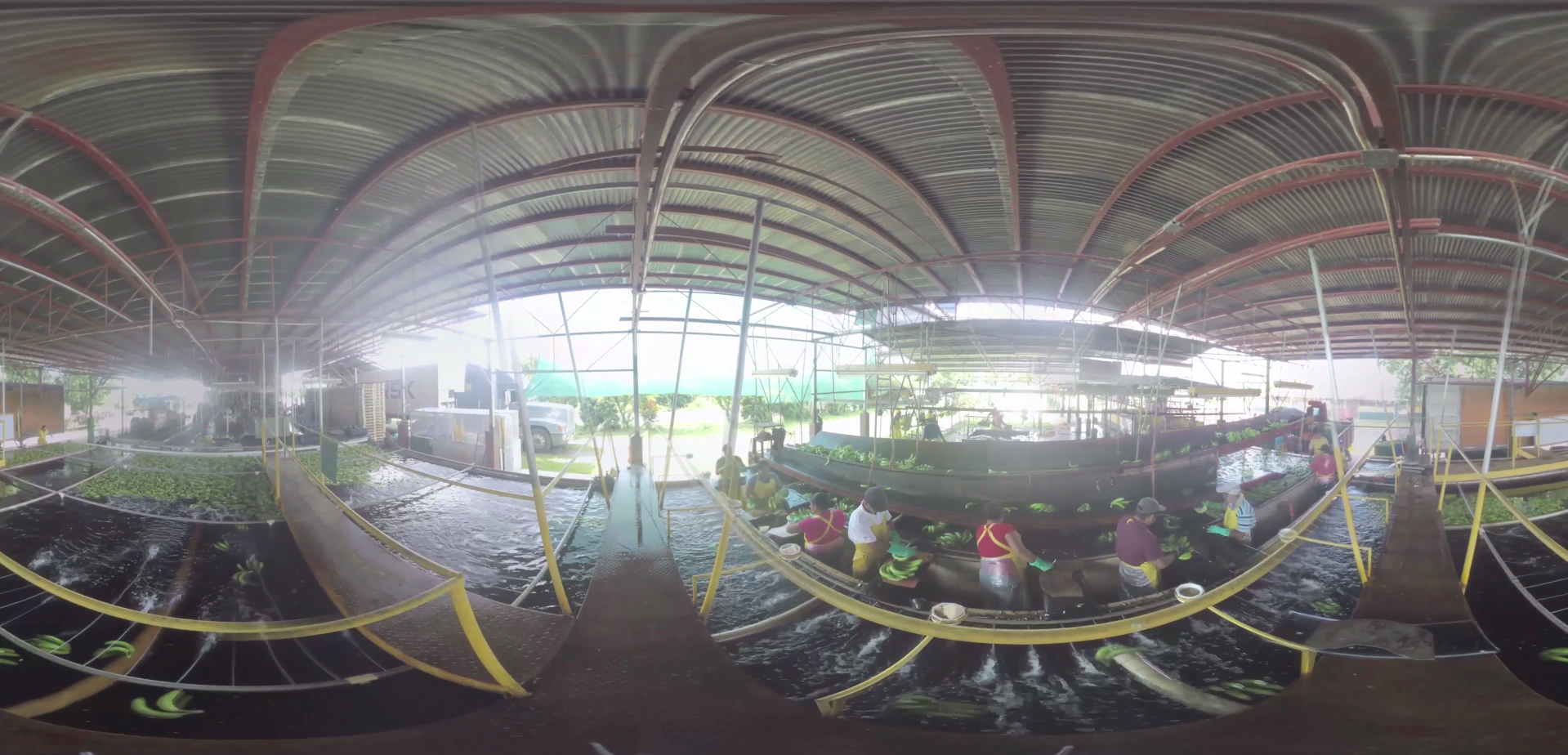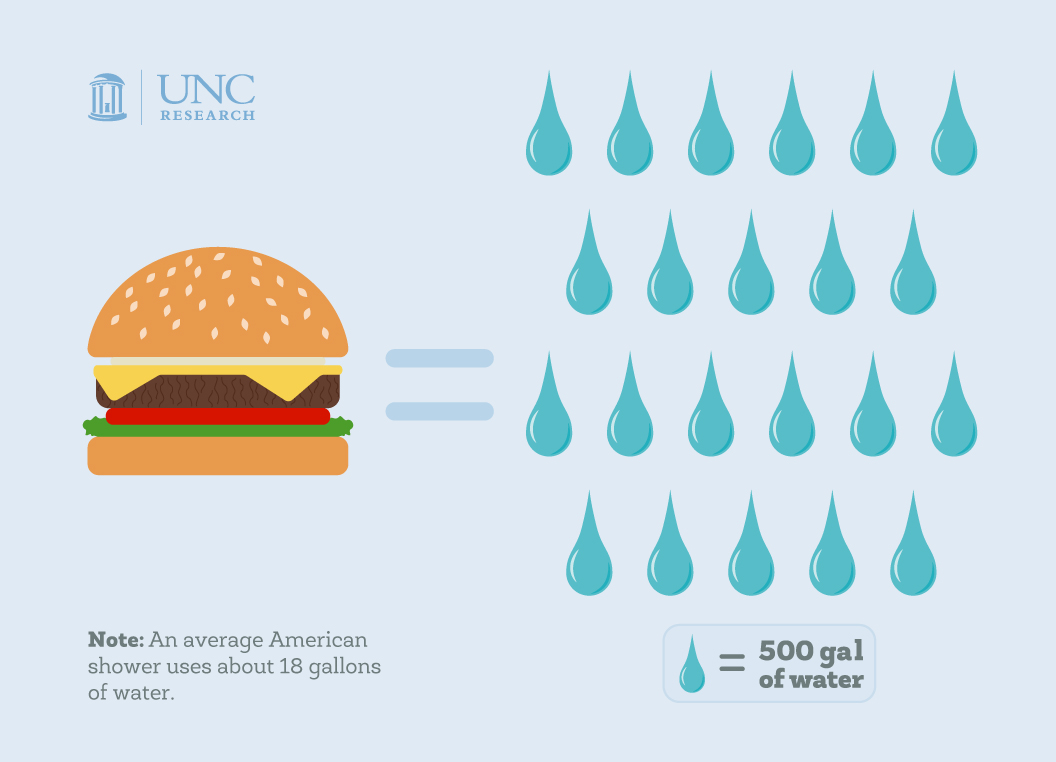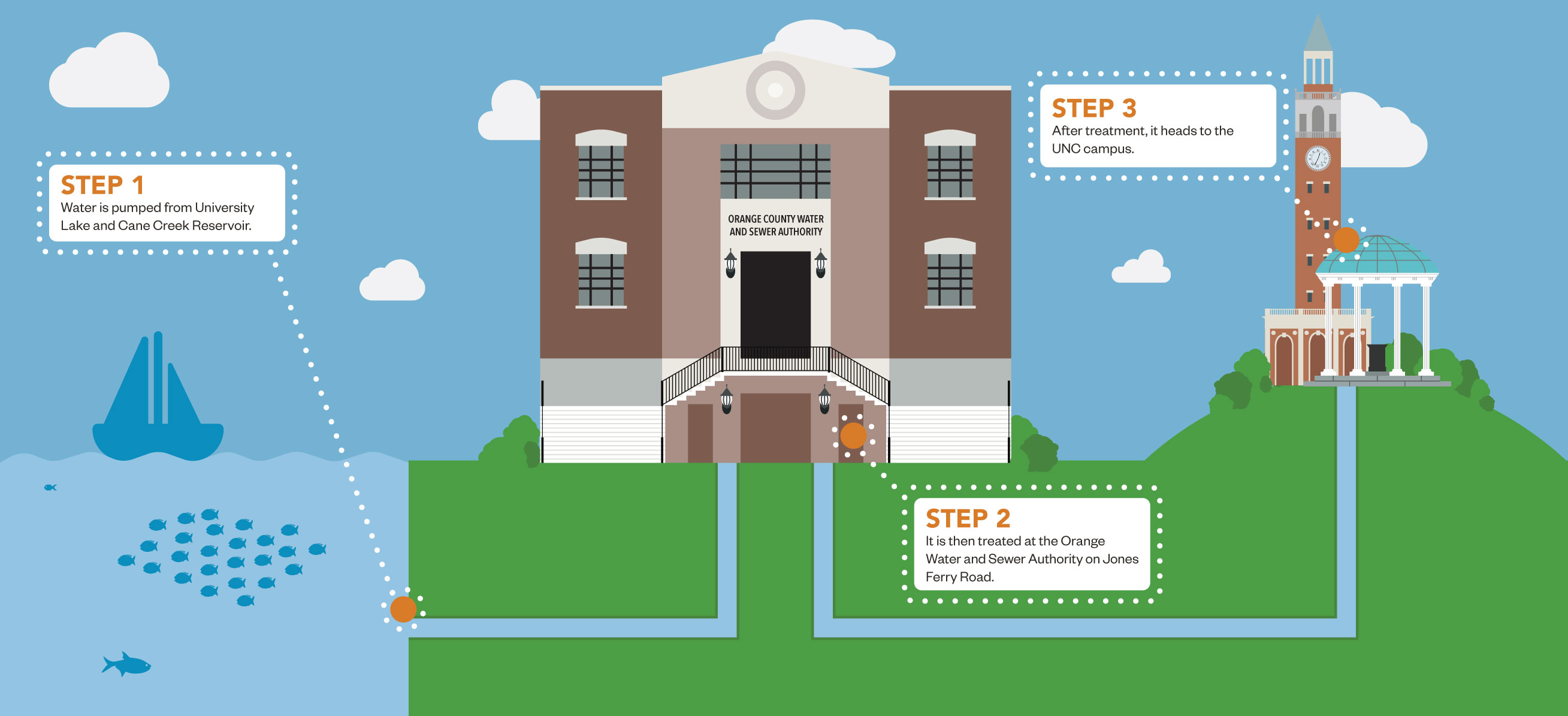Welcome to the Mind Club
UNC College of Arts & Sciences psychologist Kurt Gray explains why we give voices to our pets, dead relatives, and God in his new book, “The Mind Club: Who Thinks, What Feels, and Why it Matters”...
Committed to Memory
Alzheimer’s disease affects more than 5 million Americans — a number predicted to increase to 20 million by 2050, according to UNC researchers...
The Music of Discovery
At the intersection of art and science, music professor Lee Weisert creates sound installations that allow audiences to experience the natural world in a unique way...
Another Piece of the Puzzle
UNC clinical researchers begin the largest-ever genetic study of autism to elucidate the complex genetics of the condition...
Uncharted Territory: Using Drones to Detect Sharks
Ever since he was a kid, Martín Benavides has viewed sharks a little differently than most people...
Money and the Mind
A meld of finance and neuroscience helps UNC Kenan-Flagler Business School professor Camelia Kuhnen better understand the underpinnings of growing wealth inequality...
360 Degrees of Storytelling
Using 360 video, journalism professor Steven King creates immersive, technology driven experiences for audiences everywhere...
Scans, Sketches, and Skeletons
UNC School of Medicine rheumatologist Amanda Nelson utilizes her artistic abilities in cutting-edge imaging research to better understand osteoarthritis...
Lift More, Eat More, Burn More
Research from exercise and sport science professor Abbie Smith-Ryan shows that lifting heavier weights and eating more protein is not just for men...
Stopping the Stigma
UNC-Chapel Hill faculty focus on suicide prevention — a difficult topic that needs more voice, education, and awareness...
Platter Chatter
One UNC philosophy professor invites us to question what we put on our plates...
Reconstituting Rain, Revitalizing Rivers
Water experts within the UNC Sustainability Office and Institute for the Environment strive to make local and statewide water systems healthier, safer, and more resilient...



